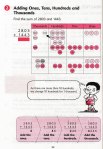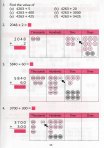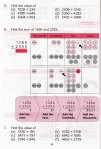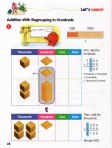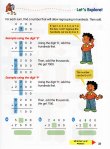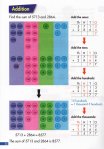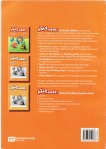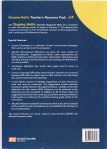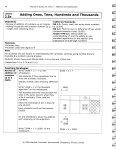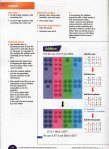In Part 1, I shared some examples from the Teacher’s Guide from four sets of materials used in Singapore and the United States.
The materials are all from the third grade level:
- Primary Mathematics U.S. Edition (2003) from SingaporeMath.com
- Primary Mathematics Standards Edition (2008) from SingaporeMath.com
- My Pals Are Here Maths (2007) obtained in Singapore from Marshall Cavendish
- Shaping Maths (2007) obtained in Singapore from Marshall Cavendish
Following are the pages from each textbook unit on addition within 10,000 that introduces regrouping in the hundreds. As before, each thumbnail links to a full-sized file.
There are minimal differences between the U.S. and Standards editions. The Standards edition is in color and there are two additional prompts asking students to estimate their answer first, then check for reasonableness. The first example shows regrouping in the hundreds. Problems 1-5 ask students to recall addition with regrouping the ones or tens or hundreds.
U.S. Edition Textbook 3A:
Standards Edition Textbook 3A:
My Pals Are Here includes two pages of instruction, another page with directions to a game and a final page exploring regrouping in the hundreds. Problem 5b on page 29 is the only problem that demonstrates regrouping in both the ones and hundreds places, although students are only asked to find the missing ones value in one addend.
Note the example #2 on page 29 that spells out the concept in words (5 hundreds + 8 hundreds). This is a great reminder of how teachers can model this concept in a classroom and is included in the Teacher’s Guide for Primary Math both U.S. and Standards editions ( 7 ones + 5 ones = 1 ten 2 ones).
My Pals Are Here Textbook 3A:
The Shaping Maths lesson is two pages of slightly more abstract description than My Pals Are Here. Place value disks are used instead of images of base-10 blocks.
Shaping Maths Coursebook 3A:
Which materials would you choose for your third grade classroom? Share your opinion in the comments!
